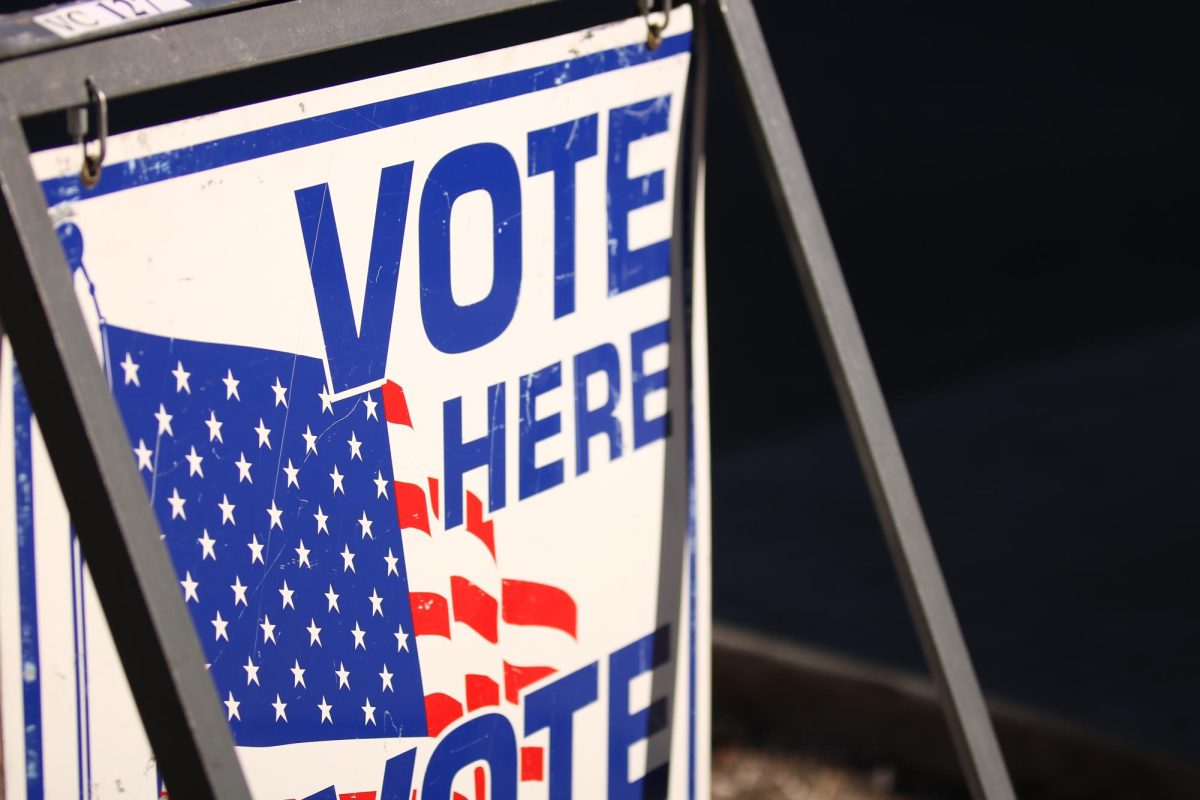UA faculty and students were awarded a grant for three years of development and research to create devices that will change the way eye examines are given around the world.
Researchers at the UA are finding new and innovative ways to use smartphones to scan eyes in order to detect and quickly determine whether or not patients will be at risk of losing their sight.
Wolfgang Fink, a professor of electrical and computer engineering and biomedical engineering, is heading the investigation. Funded by the National Science Foundation Partnership for Innovation, the research is attempting to create a hand-held device that can examine particular parts of the eye.
Fink said that the technology will allow the doctors or examiners to go to the patient, instead of the patient going to the doctor, allowing for faster response to eye problems.
The whole field is called teleophthalmology, which Fink is pioneering as an extension of telemedicine that brings mobile devices and medical care together.
“The purpose is you would be able to go to the bedside in hospitals, you could go to third-world countries, you could go to areas of catastrophe … [and] you could use it in a military setting, too,” Fink said.
Fink said the research and development has three components that are necessary for success of this device. The device is to be attached to a smart phone and is significantly smaller then the average examination machine.
The device is meant to scan the eye for diseases such as glaucoma, macular degeneration and other problems the eye can contract that could ultimately cause blindness.
The three aspects of the effort and grant are the device itself, the way to send the data to an expert system which reviews and uses smart algorithms that to produce the data, Fink said.
Fink has student researchers working with him, including Jerri-Lynn Kincade, a biomedical engineering senior and vice president of the UA chapter of the National Society of Black Engineers.
“As the team’s leader, it is my responsibility to help lead the team in building and testing the hand-held ophthalmic examination device to image areas of the eye,” Kincade said.
Both Fink and Kincade said there are many aspects of this project to be excited about, and with this grant, there is a lot of promise for the future of medicine and eye care.
“One thing I am excited to see is if these devices take off and actually go through the commercialization aspect of things,” Kincade said. “It will be awesome to see Dr. Fink’s devices that he has mentored us on just out there in the world and people using them.”
Fink said he is looking beyond that in hopes to change health care by creating a device that he hopes can save lives and take the care directly to people.
“What I would like to see is actually changing health care at large,” Fink said. “You would actually reduce health costs and bring quality health care to the vast majority of people, which wasn’t possible up to date.”
_______________
Follow Benny Sisson on Twitter.









